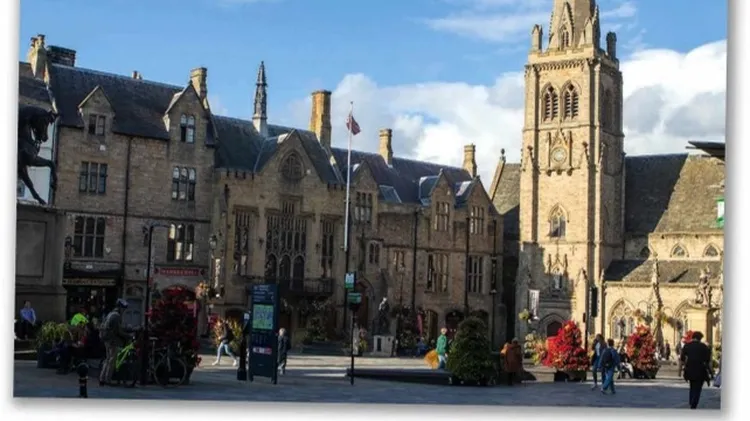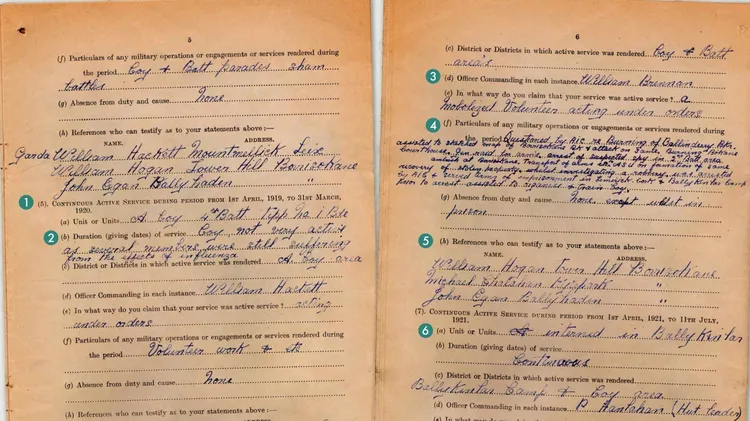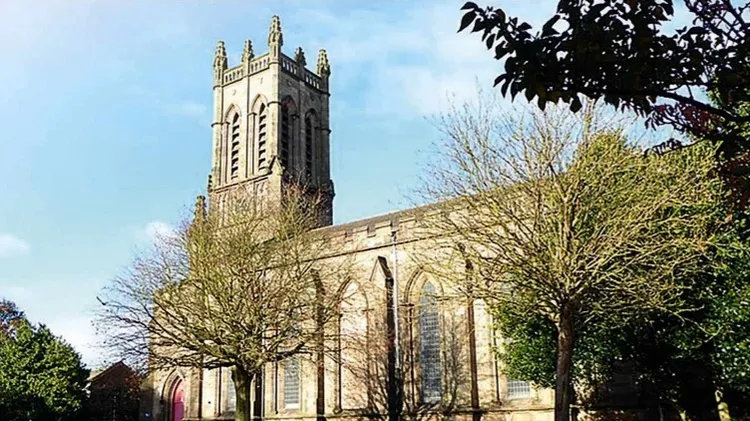Chris Paton explains how to trace your Scottish ancestors’ birt
Scottish civil birth records
3 min read
This article is from...
Read this article and 8000+ more magazines and newspapers on Readly






